Barcelona is amongst the few European cities with a long-standing tradition of municipal food markets, and the only one to have them so well established in every neighbourhood. Many markets were rebuilt during the Modernist period in the late 19th and early 20th century and are architecturally stunning, such as the well known Boqueria and Sant Antoni. Like Dante taken by the hand of Beatrice to visit the realms of Heaven, we are led by Amor Gil Morea to discover Barcelona’s real jewel in its market crown and one of its best kept secrets, the Mercat Galvany.
Located in the upmarket district of Sarria, and accessible from C/ Santaló 65 near Muntaner FGC, the Mercat Galvany stands high and majestic; it is the city’s largest iron structure, softened by coloured glass windows. Its origins date back to historic Barcelona, before the sprawling Eixample joined Ciutat Vella with the neighbouring villages of Gracia, Sarria, Sants and Sant Andreu to create the cityscape of today.
A Historic Market
Our first encounter is at the bar with Bernardo Ridau, President of the market’s Council of Traders. “It used to be all fields around here, with some nice country residences and a dairy farm with cows. This was an open air space where farmers gathered and set up a weekly market. Gradually a few fishermen started coming, and over the years it began to grow, until in 1868 the construction of a permanent market began.” The organic evolution described is common to many focal points in the community such as markets and churches, around which the modern city has expanded.
The market itself has also evolved to meet the expectations of our changing society. As we look around, we see stalls with all sorts of fresh fruits and vegetables, meat and fish, many freshly prepared dishes, dried fruits and nuts, a variety of cereals, dairy products, cold cuts, and international specialities. In the market grounds open-air stalls flaunt their wares; clothes and leather goods.
The “Harvey Nichols” of Barcelona markets
The Mercat Galvany’s ambience is different to markets in the city centre such as the Boqueria; indeed, it is barely known beyond its local residents, families who have been shopping here for generations. Whilst the Boqueria caters for tourists and a less exclusive clientele, this is a neighbourhood that demands and can pay for the best. “It is the Harvey Nichols of the markets,” assures Amor Gil Morea, whose Sushi Express stall has been selling fresh sushi and ready meals for 10 years. One of the first places to offer sushi in Barcelona, they also pioneered the concept of having a chef in a market space.
A family tradition
Next we meet Tristan Fidalgo. His stall was founded 70 years ago by his great grandfather. Freshly cut pumpkin cubes and artichoke hearts sit next to ready prepared traditional dishes, elaborate salads, guacamole, and sun-dried tomatoes from Naples. “The market has changed drastically,” he comments. “Up to 10 years ago we’d sell just one product cheaply. For example, just carrots. It was normal for people to buy 2 kilos of something. Now they tend to buy by the item. Young people don’t have the concept of kilos. People buy less, and they buy differently.”
He observes that since items in supermarket are generally packaged, people don’t look at the weight. “We want things perfect, but if things come from the fields they can’t be perfect. On the one hand we want quality and good taste, but on the other we want so much hygiene that it eliminates the natural. It’s a contradiction.” Fidalgo gets his fruit and vegetables as locally as possible, but his priority is to meet the year-round demand. Another change he has observed is that more hardy types of fruit and vegetable are preferred. Growers select strains with a longer shelf life, and which give a better yield, which means that the more delicate strains are gradually being lost.
Market quality
The market traders are unanimous in their opinion that although the supermarkets can always offer lower prices, market quality is much better. “I get small quantities from small suppliers, “explains Fidalgo. “I sell a very good product and at the best price I can of course, but I’m not trying to compete with Mercadona or Caprabo.” It might come as a surprise to discover that he does not consider large distributors to pose a threat to the small distributors and growers. “The small growers who know how to work well with their selected product actually make a good living,” he says. “They have their local clients, the market sellers who know they can rely on the good quality that their own clients demand. But many don’t work well, and they lose out. If the first layer of oranges is lovely, and the next layer is bruised, I won’t be going back.”
Specialisation and high quality are the trademarks of the market. We pass a stall that only sells fresh farm eggs. “Why would you want to get your eggs from anywhere else?!” grins the stallholder. The next stall specialises in German products, from cured meats and sausages to real apfelstrudel and countless other typical items. “Lots of German residents come here,” comments Encarna from behind her stall. Turning a corner we reach Charcuteria Carles, who invites us to a chupito of red wine, and a generous sample of Iberian ham and delicious cheese that melts in the mouth and reminds us how good these things really can be.
The popular expression, “lo barato siempre sale caro,” rings especially true when considering the food you choose; visit the Mercat, treat yourself to its quality and flavours, and then decide for yourself. The market is open daily from 9am-2pm. www.mercatgalvany.es.

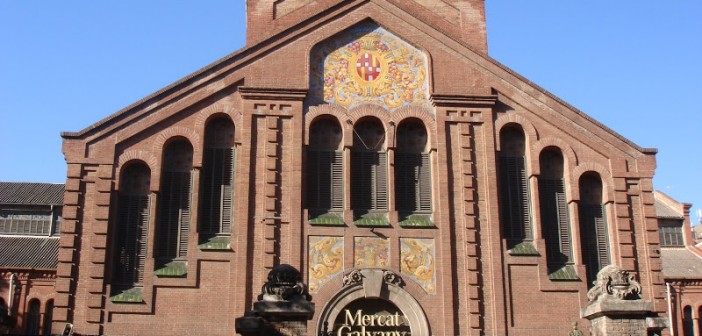
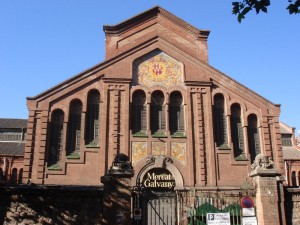
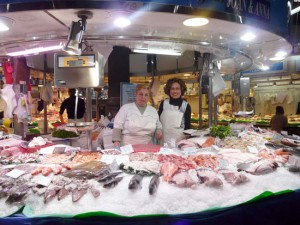
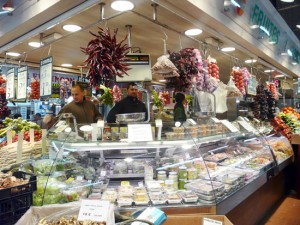
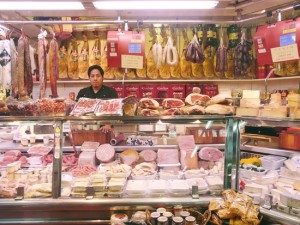
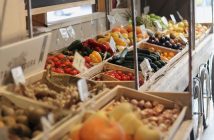


1 Comment
Hi, thanks for this nice article! Its been a while since anything new happend in this neigborhood, but now things are moving ahead. With http://www.galvanyshopping.com currently 15 Top Stores has joined their forces, creating a new digital platform, to promote the stores and neigborhood, with online productos, gift cards and even personal shopping service. It also includes a free interactive pdf map, for those who wants to explore these stores by themselves. Enjoy and Welcome